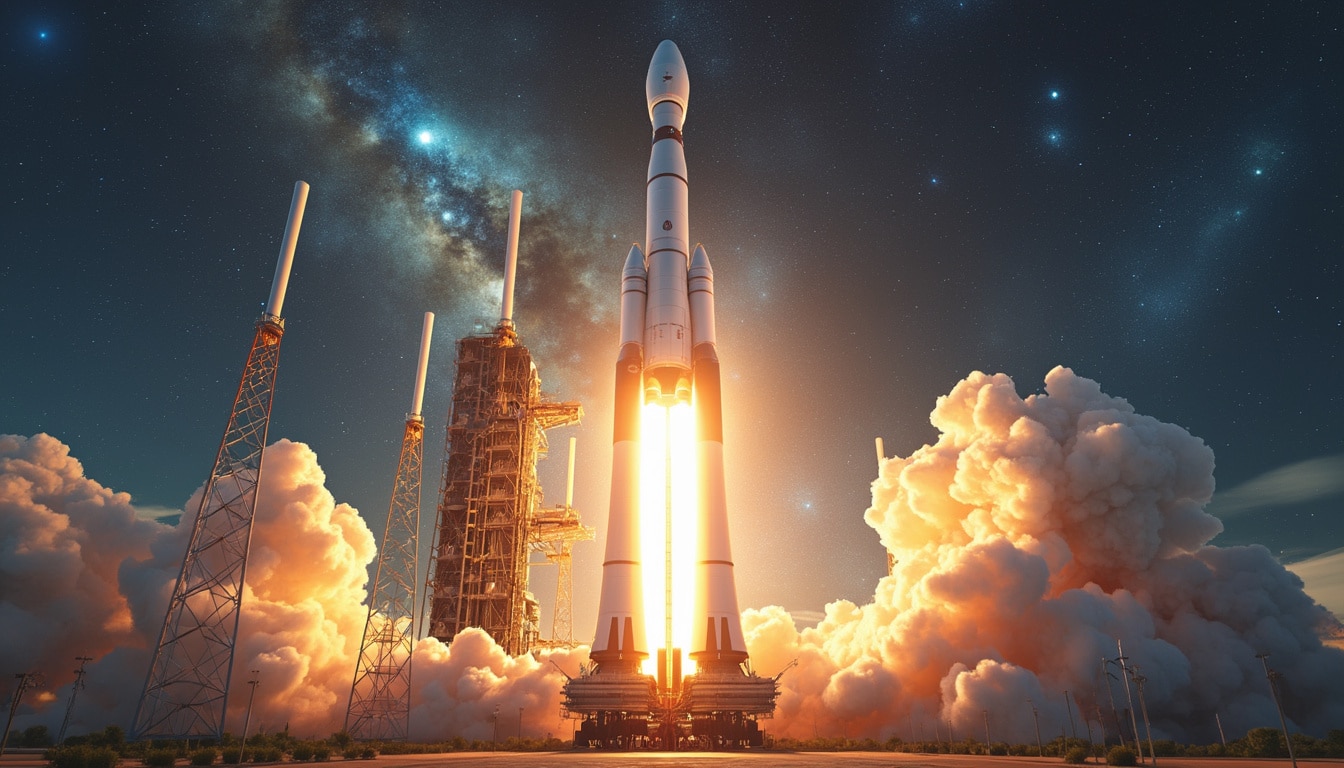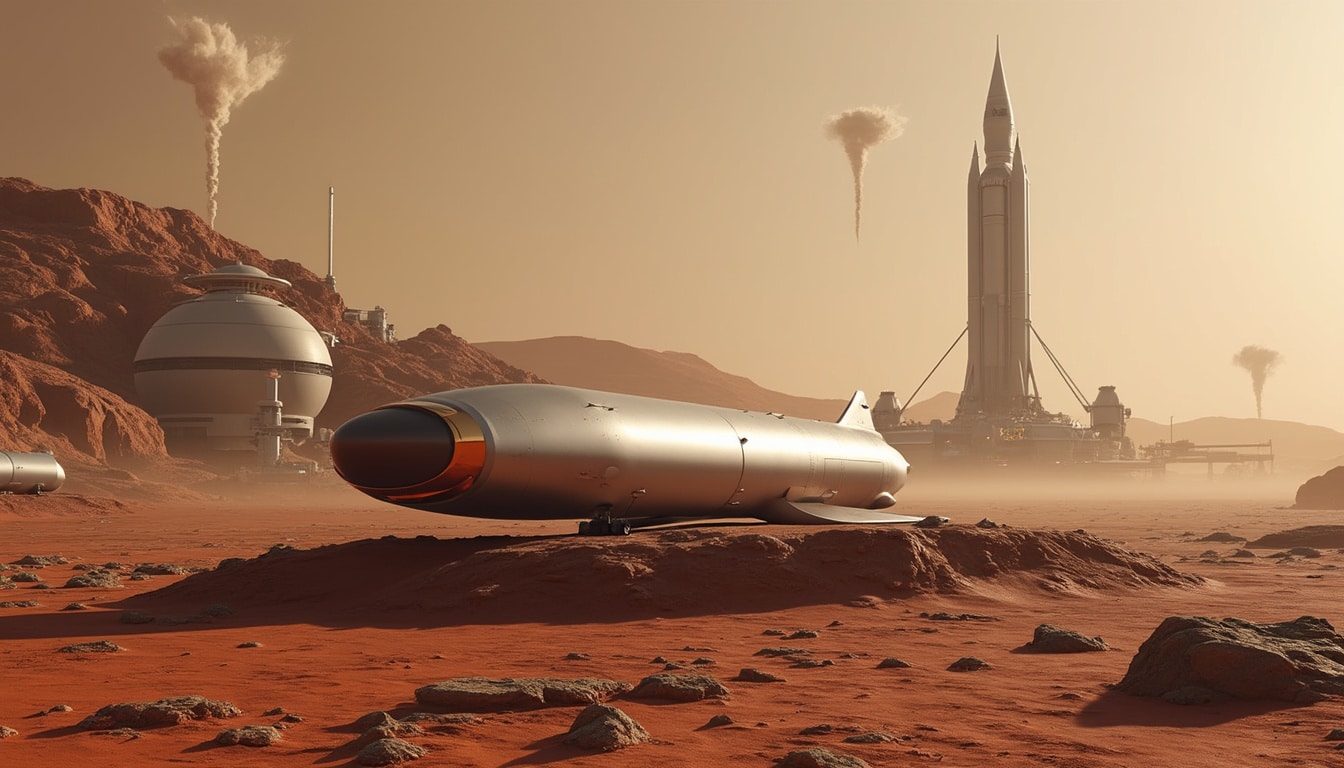The conversation around space exploration is gaining momentum, particularly with the rise of SpaceX and its pivotal role in partnerships with NASA. Under the leadership of Elon Musk, SpaceX has revolutionized not just rocket technology, but also the entire framework of commercial space endeavors. This article delves into the competitive landscape where SpaceX stands as a dominant player in securing contracts with NASA, transforming the dynamics of space exploration.
As traditional space agencies evolve their strategies, the introduction of commercial competition through initiatives such as the Commercial Crew Program has elevated the stakes. SpaceX’s innovative spacecraft, including the Falcon rockets and Crew Dragon, have emerged as technical benchmarks in the race for future space missions. This exploration provides insights into how SpaceX’s advancements pave the way for future aerospace innovations.
The Crucial Role of SpaceX in NASA’s Missions
Within the realm of human spaceflight, SpaceX has seamlessly integrated its technology with NASA’s overarching mission goals. This partnership blossomed with the Commercial Crew Program, where SpaceX’s Crew Dragon spacecraft has successfully transported astronauts to the International Space Station (ISS).

The Significance of Crew Dragon
The Crew Dragon spacecraft is not merely a vessel; it represents a paradigm shift in space travel. Designed from the ground up with modern technologies, it combines safety and efficiency for crewed missions. This craft allows for increased accessibility for missions that were previously dominated by government-run agencies.
Innovations in Launch Services
SpaceX’s launch services have significantly influenced how missions to space are conducted. The reliability and affordability of their rockets have forced competitors to adapt or risk being left behind. This strategic positioning is evident in their continual success in securing contracts for missions ranging from ISS resupply to manned deep-space exploration missions.
Aerospace Innovation: The Push for Next-Gen Solutions
SpaceX’s innovative approach is marked by a relentless pursuit of advancement in aerospace technology. Initiatives such as the Starship program aim to establish human presence on Mars and beyond. The ambition to develop a fully reusable rocket system represents a substantial leap in reducing launch costs, thus making space more attainable.

Reusability and Its Impact
The reusability of SpaceX rockets has fundamentally changed the financial model of space launch services. Each launch utilizes refurbished components, which significantly lowers operational costs. This model encourages more frequent missions, fostering an environment where research and exploration can thrive.
Collaboration with NASA for Future Endeavors
The collaboration between SpaceX and NASA exemplifies how public-private partnerships can drive innovation. Projects like Artemis, aimed at returning humans to the Moon, are set to reap the benefits of SpaceX’s technological breakthroughs. As NASA continues to develop its plans for deep space missions, SpaceX’s role is likely to expand, promising exciting advancements in space exploration.
Competitive Strategies Within the Aerospace Sector
SpaceX’s strategy for dominance is multifaceted, involving aggressive technological development, strategic partnerships, and expanding market reach. As NASA navigates this landscape, other companies are also participating, pushing a competitive environment that fosters innovation.
Challenges in the Space Industry
While revolutionizing aerospace, SpaceX faces numerous challenges including regulatory hurdles and competitive pressure from other aerospace giants. Despite these obstacles, the company’s resilience, and ability to innovate continuously has positioned it well within the industry. Other players, like Blue Origin and Boeing, are also adapting their strategies to keep pace with the rapid advancements driven by SpaceX.
An Analysis of Contract Wins
SpaceX’s ability to consistently win contracts can be attributed to several factors, including cost-effectiveness, technical prowess, and a strong reputation for reliability. The company has nurtured relationships with prominent stakeholders, including government entities and private firms, ensuring a broad base for future projects.
| Company | Key Contract Wins | Technological Innovations |
|---|---|---|
| SpaceX | Commercial Crew Program, Artemis | Crew Dragon, Starship |
| Boeing | Commercial Crew Program | Starliner |
| Blue Origin | NASA’s Artemis Lunar Landers | New Shepard |
The Future of Space Exploration and SpaceX
As the paradigm of space exploration continues to shift, the future remains bright and full of potential. SpaceX aims to not only explore further into our solar system but also to establish a human presence in space that extends beyond Earth’s orbit.
Vision Toward Mars
Elon Musk’s aspiration for colonizing Mars has inspired a generation of space enthusiasts and professionals. The ongoing development of the Starship will enable missions that push the boundaries of what humanity can achieve. SpaceX’s timeline for these ambitious projects demonstrates a commitment to making interplanetary travel a reality.
The Role of Commercial Space Ventures
The pervasive influence of commercial entities in space is transforming traditional roles. As companies like SpaceX lead, a variety of services from satellite communication to space tourism are gaining traction, altering the landscape of space-related commerce.
Wrapping Up the Cosmic Landscape of Space Exploration
With every launch and mission, SpaceX solidifies its role as a pioneer of modern space exploration. Their innovations shape the way humanity engages with space, setting a high standard while encouraging competition. The next several years promise to be incredibly exciting as new missions are launched, and advancements push boundaries previously thought unreachable.




Leave a Reply